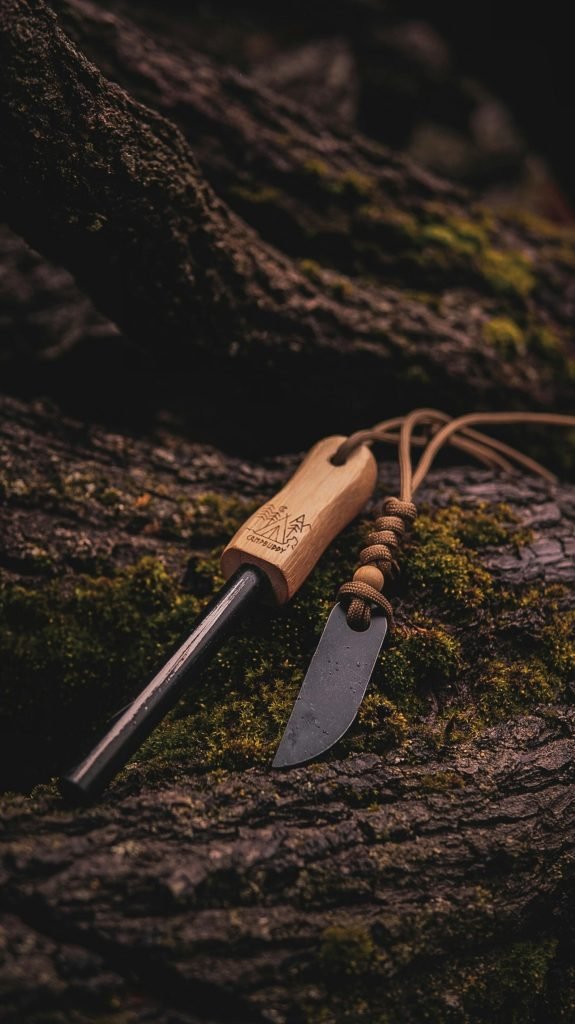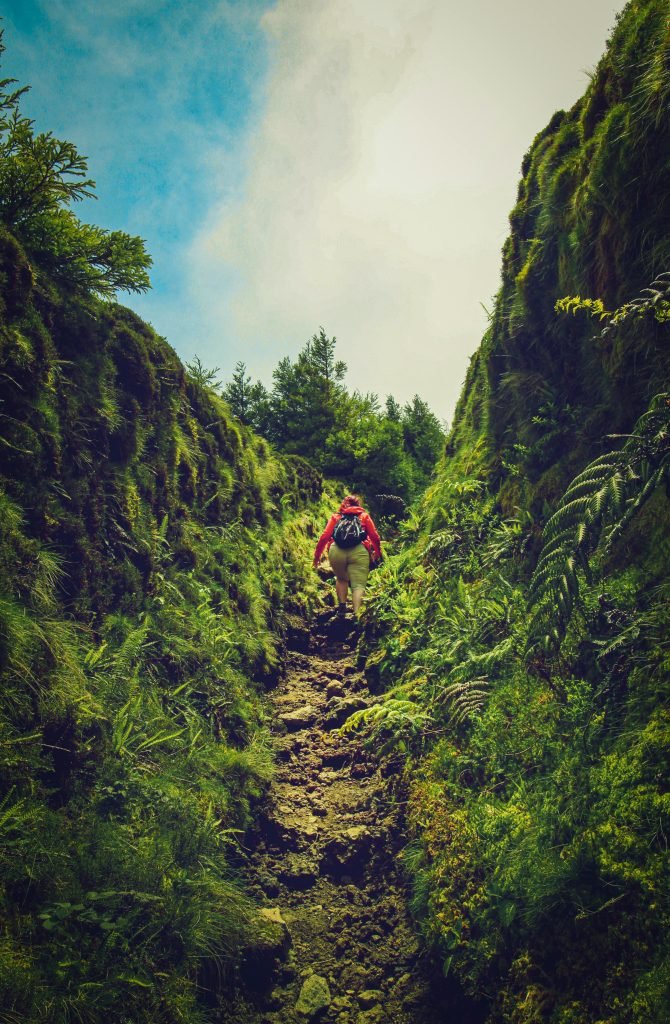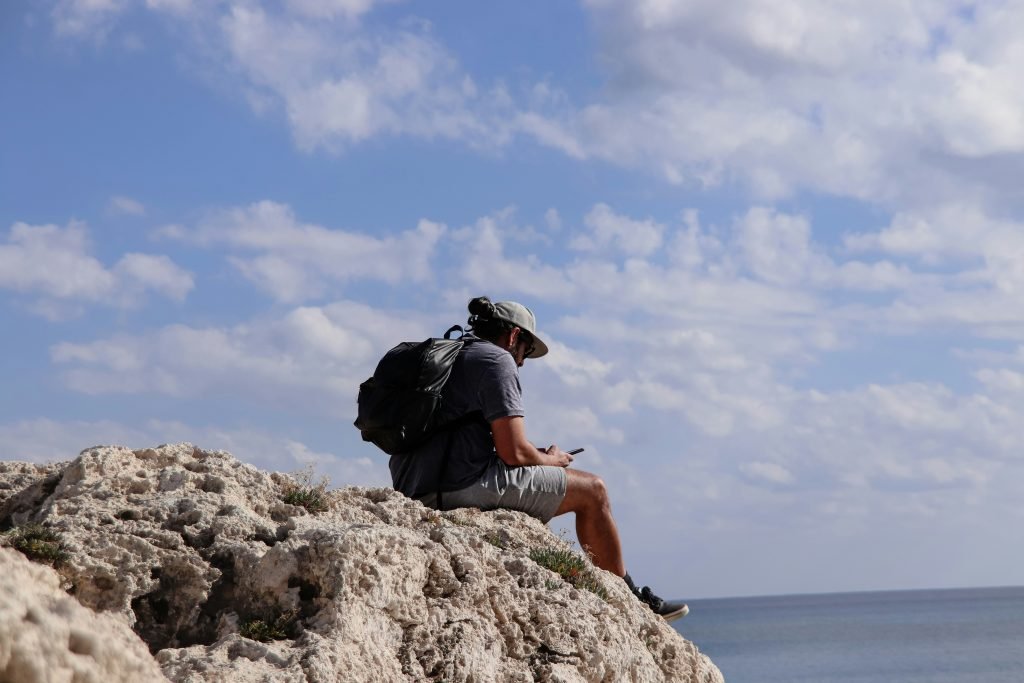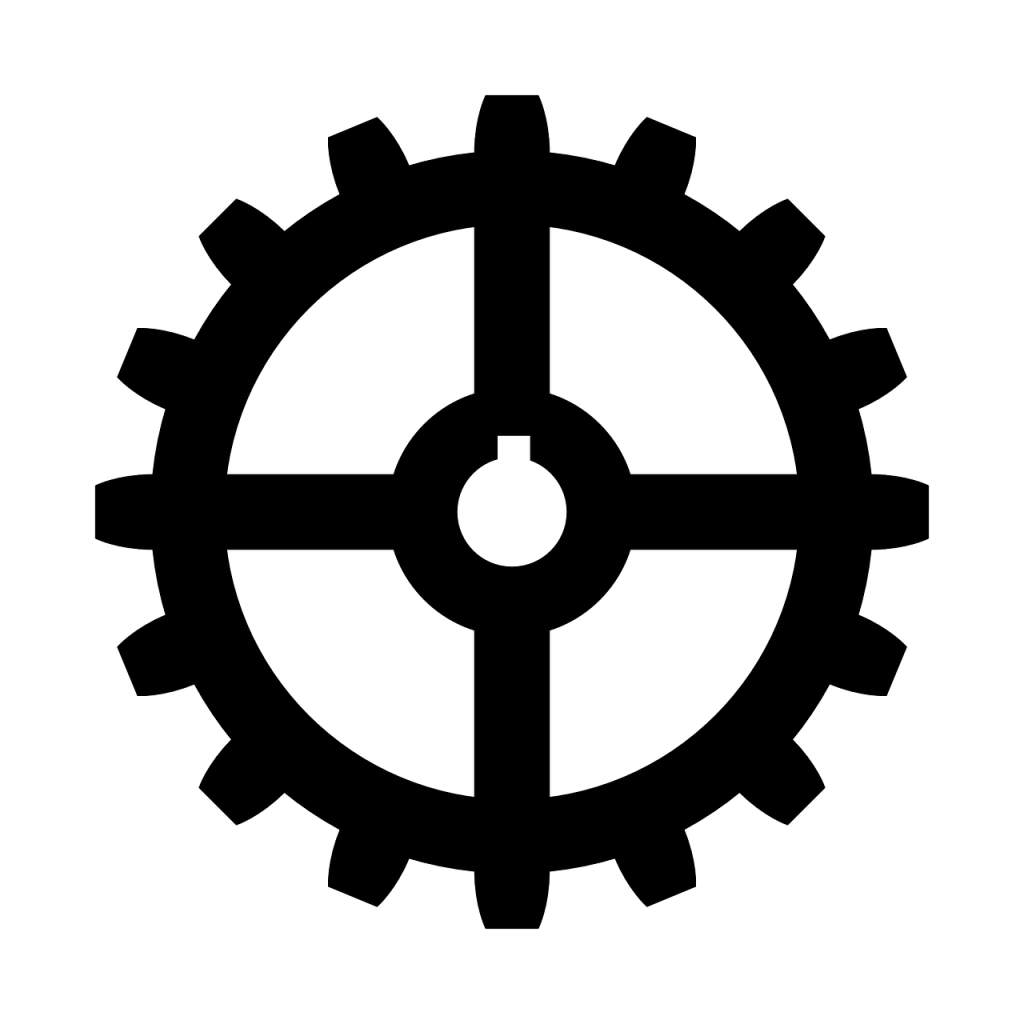What outdoor activities are you excited about? Whether you’re gearing up for a hike, planning a camping trip, or aiming for a climbing adventure, choosing the right outdoor gear is essential for your comfort and safety. Let’s break down how you can effectively select equipment that meets your needs while ensuring a fantastic outdoor experience.
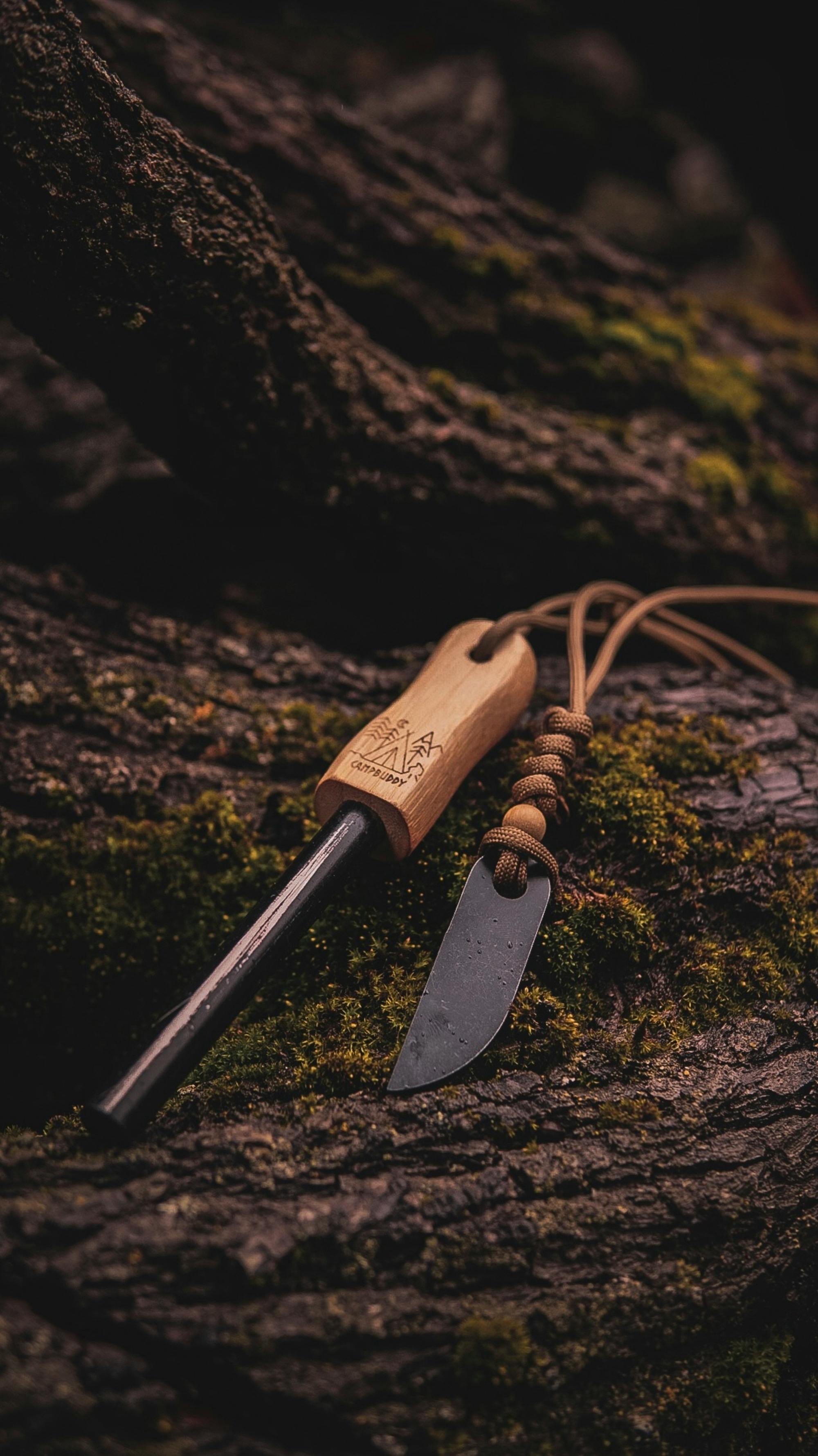
This image is property of images.pexels.com.
Understanding Your Outdoor Activities
Identify Your Primary Activity
Start by considering what activities you’ll be participating in most frequently. Are you into hiking, biking, climbing, or maybe backpacking? Each of these activities requires different types of gear. Understanding your primary outdoor pursuits will help you prioritize which equipment to invest in.
Consider the Environment
Next, think about the environments you’ll be engaging in. Will you be hiking through rugged mountains, camping in a forest, or biking along coastal paths? The climate and terrain can affect your gear choices significantly. For example, if you’re hiking in rainy conditions, waterproof gear will be necessary.
Assessing Your Needs
Skill Level
Your experience level plays a vital role in choosing the right gear. Are you a novice or a seasoned adventurer? Beginners might need entry-level gear that’s easy to use, while experienced enthusiasts may seek out specialized equipment that offers enhanced performance.
Duration of Activities
Consider how long you’ll be out in the field. If you’re going for a long trek or a multi-day camping trip, you’ll need gear designed for durability and comfort over extended periods. This includes a good-quality backpack, sleeping bags, and tents that provide the right insulation and space for your needs.
Essential Outdoor Gear Categories
Clothing
Proper clothing is foundational for any outdoor activity. Layering is essential because it regulates your temperature, allowing you to add or remove layers as needed.
| Layer Type | Function | Example Items |
|---|---|---|
| Base Layer | Moisture-wicking, keeps skin dry | Thermal shirts, leggings |
| Mid Layer | Insulation and warmth | Fleece jackets, down vests |
| Outer Layer | Protection from elements | Waterproof jackets, shells |
When selecting clothing, pay attention to materials. Look for moisture-wicking fabrics that keep sweat away from your skin, and insulation that keeps you warm without bulk.
Footwear
Choosing the right footwear is paramount, especially for hiking or long-distance walking. The type of shoe or boot you’ll need depends on the terrain you’ll encounter.
| Footwear Type | Features | Recommended Use |
|---|---|---|
| Trail Runners | Lightweight and breathable | Day hikes, trail running |
| Hiking Boots | Ankle support, rugged soles | Backpacking, challenging trails |
| Sandals | Breathable, easy to wear | Casual walks, water activities |
Ensure a proper fit by trying on shoes with the socks you intend to wear, and consider breaking them in before your adventure.
Shelter
If your outdoor plans include camping or multi-day hikes, selecting the right shelter is crucial.
| Shelter Type | Features | Recommended Use |
|---|---|---|
| Tent | Portable, various sizes, waterproof options | Camping, backpacking |
| Hammock | Lightweight, can be set up between trees | Minimalist camping |
| Tarp | Versatile, can create simple shelters | Emergency situations, lightweight trips |
Pay attention to weight and pack size if you’re backpacking, but also consider durability based on the locations where you’ll camp.
Sleeping Gear
Quality sleep outdoors is vital for your overall experience. Choose sleeping gear that suits your campsite conditions.
| Sleeping Gear Type | Features | Recommended Use |
|---|---|---|
| Sleeping Bag | Insulated, temperature-rated | Camping in specific weather conditions |
| Sleeping Pad | Adds insulation and comfort | Backpacking, car camping |
| Quilt | Lightweight alternative to sleeping bags | Summer camping, minimalist settings |
Understanding temperature ratings will help you select a sleeping bag appropriate for your expected weather conditions.
Accessories You Should Consider
Cooking Equipment
When it comes to cooking outdoors, your gear depends on how elaborate you plan to be.
| Cooking Equipment Type | Features | Recommended Use |
|---|---|---|
| Portable Stove | Compact, easy to use | Quick meals in the field |
| Mess Kit | Includes pots, utensils, and dishes | Complete cooking solutions |
| Grill | Perfect for cooking over an open flame | Extended camping trips |
Make sure to consider fuel types and their availability, as well as the weight of your cooking gear.
Navigation Tools
Finding your way in the great outdoors can be daunting, especially in rugged terrain.
| Navigation Tool | Features | Recommended Use |
|---|---|---|
| Compass | Reliable, does not require batteries | Hiking, backpacking |
| Maps | Detailed information about the area | Navigation in remote areas |
| GPS Device | Easy-to-use, can include tracking features | Hiking, trail running |
Emphasize having both paper maps and a GPS system, as technology can fail.
First Aid Kit
It’s always wise to prepare for the unexpected.
| First Aid Kit Contents | Purpose | Recommended Use |
|---|---|---|
| Band-aids | Treat small cuts and abrasions | Quick on-the-spot care |
| Antiseptic wipes | Clean wounds before dressing | Wound management |
| Pain relief medication | Alleviate pain from minor injuries | First aid emergencies |
Choose a pre-assembled kit or create your own based on your skills and experience with first aid.
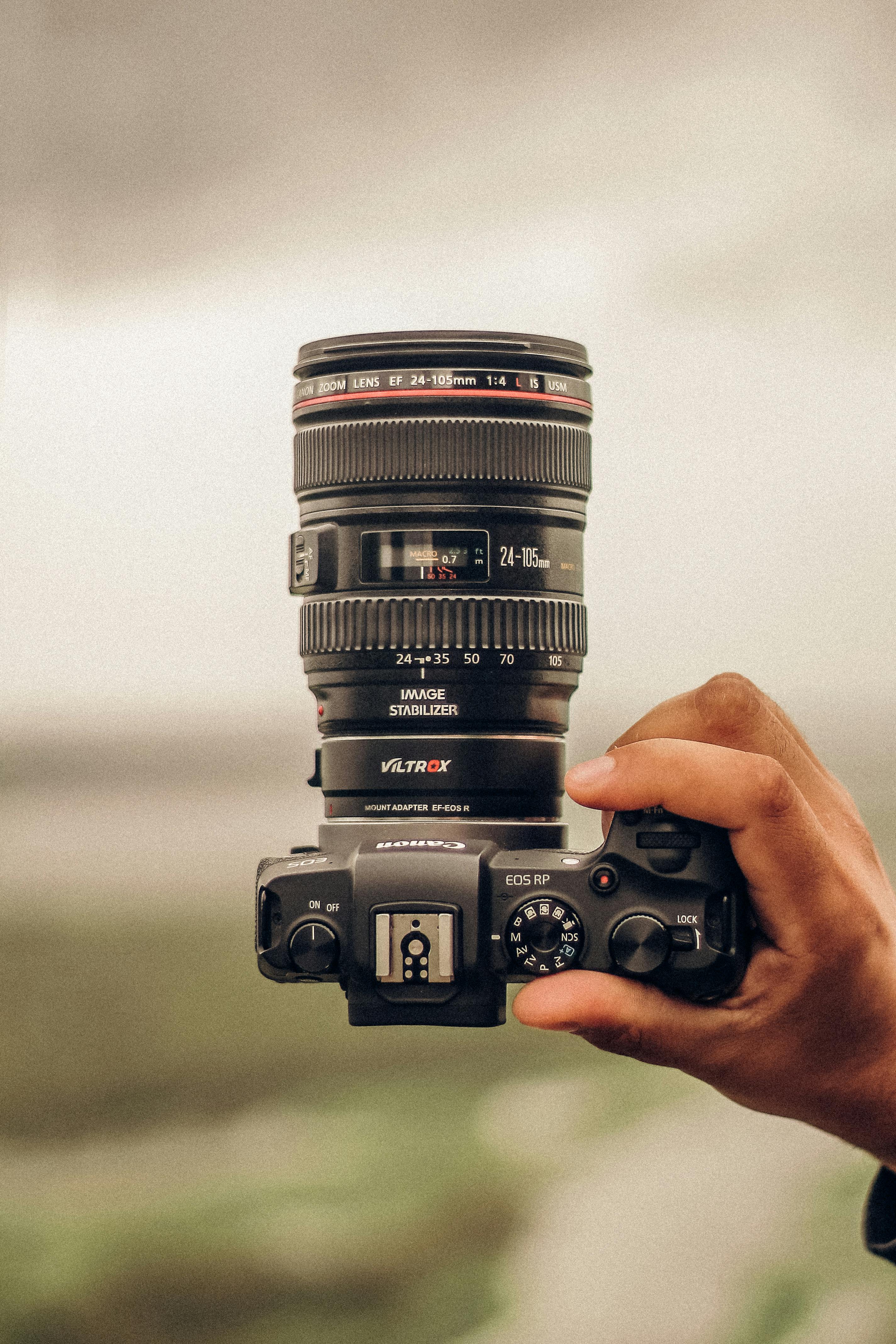
This image is property of images.pexels.com.
Researching and Selecting Gear
Reviews and Recommendations
Before making a purchase, research gear extensively.
- Online Reviews: Look for detailed reviews from outdoor enthusiasts and experts. Pay attention to pros and cons listed by users who have similar needs as yours.
- Forums and Social Media: Join groups where you can ask for advice or recommendations related to specific gear.
- In-Store Testing: If possible, visit outdoor shops. Trying gear firsthand can help you assess comfort, fit, and function.
Budgeting for Gear
Setting a budget is important as outdoor gear can vary tremendously in price.
- Define Your Budget: Consider how often you’ll use the gear. You might opt for cheaper options for infrequent activities but invest in high-quality equipment for regular outings.
- Check for Discounts: Look for sales, clearance events, or second-hand options that can help you acquire previously owned products without sacrificing quality.
Trying Before You Buy
Many outdoor retailers offer rental options, which allows you to test items before purchasing.
- Rentals: This is particularly beneficial for pricier gear, such as tents or climbing harnesses, that you may not use frequently.
- Demo Days: Some companies host demo days where you can try various products in real-world settings.
Caring for Your Outdoor Gear
Maintenance Tips
Taking good care of your gear can extend its life and enhance your experience.
- Cleaning: Follow the manufacturer’s instructions for cleaning equipment properly after every use, especially clothing and footwear.
- Drying: Always dry your gear thoroughly before storing it to prevent mold and mildew growth.
Storage Best Practices
Store your equipment in a cool, dry place to protect it from damage.
- Organizing Your Gear: Invest in storage solutions like bins and organizers for easier access and better preservation.
Overcoming Common Outdoor Gear Challenges
Gear and Weight Management
Heavy equipment can quickly sap your energy, especially on long hikes.
- Choose Ultralight Gear: Whenever possible, opt for lightweight alternatives. This can make a significant difference during long treks.
- Pack Wisely: Learn the art of packing efficiently. Place heavier items closer to your back and lighter ones further away for balance.
Weather Preparedness
Unpredictable weather can turn a delightful outing into a challenging experience.
- Stay Informed: Check the weather forecast before heading out and prepare gear that suits different weather conditions.
- Pack Additional Layers: Always carry extra layers and protection in your pack for both warmth and rain.
Assessing Gear Performance
During the Activity
Take notes on how gear performs during your outdoor activities.
- Assess Comfort: Pay attention to the comfort and functionality of your equipment. If something isn’t working for you, consider reevaluating your choices.
- Talk to Your Companions: Discuss their experiences with their gear, as they may have insights into improvements or alternatives.
Post-Activity Reflection
After your adventure, reflect on what worked well and what didn’t.
- Journal Your Thoughts: Write down your experiences with particular gear. This can guide future purchases and help anyone else you share it with.
- Plan for Upgrades: If certain items didn’t perform well, start researching replacements for future outings.
Conclusion
Choosing the right outdoor gear for your needs is a rewarding process that can enhance your experiences across all available activities. Understanding your activities, assessing your needs, and thoroughly researching each category helps you make informed decisions. Don’t forget to maintain your equipment and reflect on its performance after each adventure. The right gear can be the difference between an enjoyable day outdoors and a stressful one, so take the time to choose wisely. Your future adventures await!

